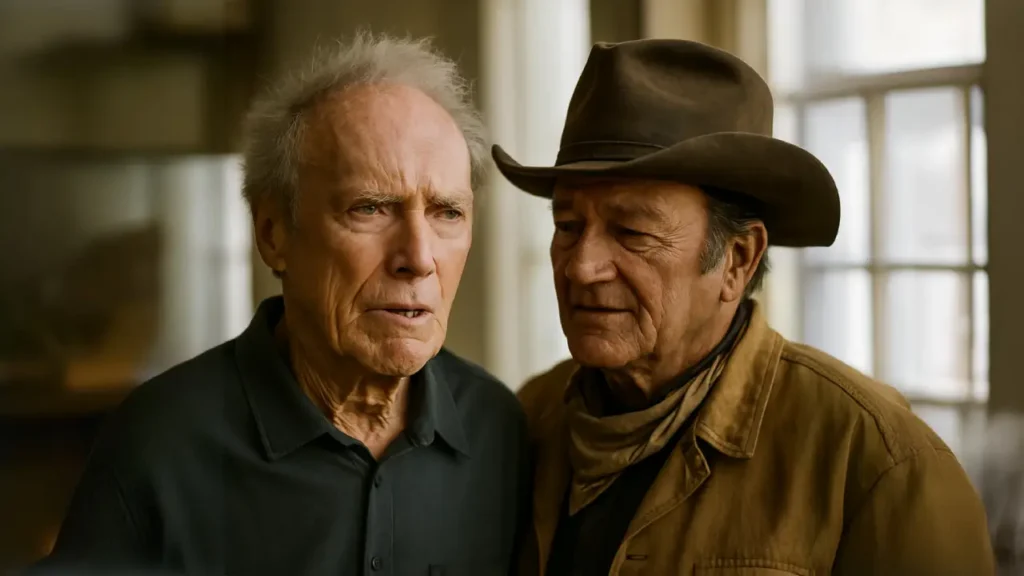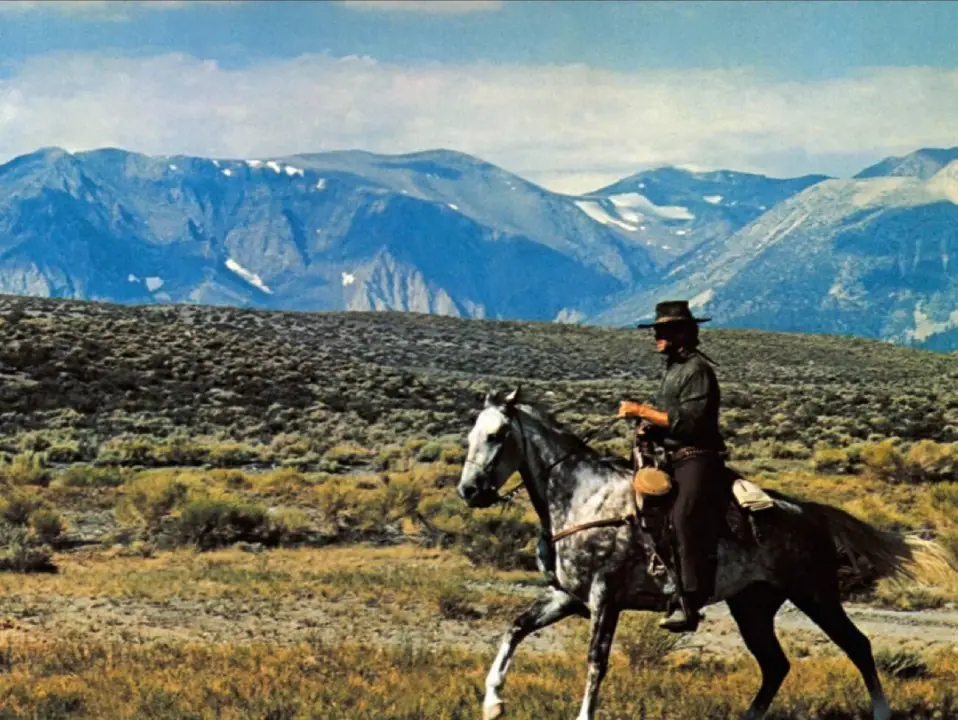At 94 Years Old, Clint Eastwood finally Confirms the Rumors About John Wayne

Hollywood's golden age gave us unforgettable images of the Old West—dusty showdowns, wide-open plains, and towering figures like John Wayne and Clint Eastwood. These two icons shaped the Western genre in their own ways. But for years, a single question echoed through movie buffs and industry insiders alike:
Did Clint Eastwood and John Wayne actually like each other?
At 94 years old, Clint Eastwood has decided it's time to set the record straight—and his take might surprise you.
The Rumors That Rode Through Hollywood
For decades, whispers filled the saloon, so to speak. The common narrative was that John Wayne, known as “The Duke” and the embodiment of old-school, patriotic Western heroism, took issue with Eastwood’s darker, morally complex approach to the genre.
Where Wayne's characters were noble pioneers, Eastwood's were often silent anti-heroes—gunslingers navigating a harsh, cynical West in films like High Plains Drifter and The Good, the Bad and the Ugly.

"Wayne thought Clint's films tarnished the image of the American West," claimed industry insiders over the years.
The divide was more than just cinematic—it was philosophical.
The Lost Collaboration: ‘The Hostiles’
The story most often cited in these rumors involves a script titled The Hostiles. Eastwood reportedly envisioned himself as a young gambler opposite Wayne's aging rancher. He thought it could be movie gold.
But Wayne refused. Not only did he decline the role—he allegedly sent Clint a letter condemning High Plains Drifter, arguing it wasn't a true Western.
Eastwood once remarked on this:
“Wayne wouldn't understand what I was doing... [High Plains Drifter] wasn't meant to show the hours of pioneering drudgery. It wasn't supposed to be anything about settling the West.”
It wasn’t personal—it was about perspective.
Eastwood Reflects at 94: "Not a Feud, Just a Difference"
Now, in his nineties, Eastwood has finally spoken with quiet clarity about the so-called rift. Through interviews and trusted sources, his recent reflections offer a nuanced take:
“Wayne was Wayne... He represented a certain era, a certain kind of hero. I had my own vision of the West, grittier, perhaps more realistic in its own way. There was never a real 'feud' in the dramatic sense the press liked to portray. More of a… disagreement on the direction the genre was taking.”
That’s it. No dramatic rivalry. No backstage yelling matches. Just two strong creative minds with different definitions of what a Western should be.
Mutual Respect Beneath the Cowboy Hats
Despite creative differences, Eastwood has never dismissed Wayne’s talent. In fact, he's openly praised films like Red River and The Searchers, acknowledging the complexity Wayne brought to some of his roles.
There’s even credible reporting that their interactions on the set of The Shootist—Wayne’s final film, directed by Don Siegel (Eastwood’s mentor)—were cordial and professional.
If they truly despised each other, the set would have felt like a gunfight at noon. Instead, it was respectful.
Why Eastwood’s Words Matter Now
Eastwood's reflections come at a key cultural time. While John Wayne's past has been debated recently, Eastwood focuses instead on a personal and deeper look at how two icons redefined the Western genre in Hollywood.
This isn’t gossip—it’s history.
“They didn’t have to agree. They didn’t have to be friends. What they did was create legends—just in very different ways.”
As Clint Eastwood's legendary career nears its end, his honesty shows fans the real story: his connection with John Wayne wasn't animosity, but one of conviction, vision, and respect.
They stood on different sides of the Western frontier, but they both left footprints too big to fade.

Leave a Reply